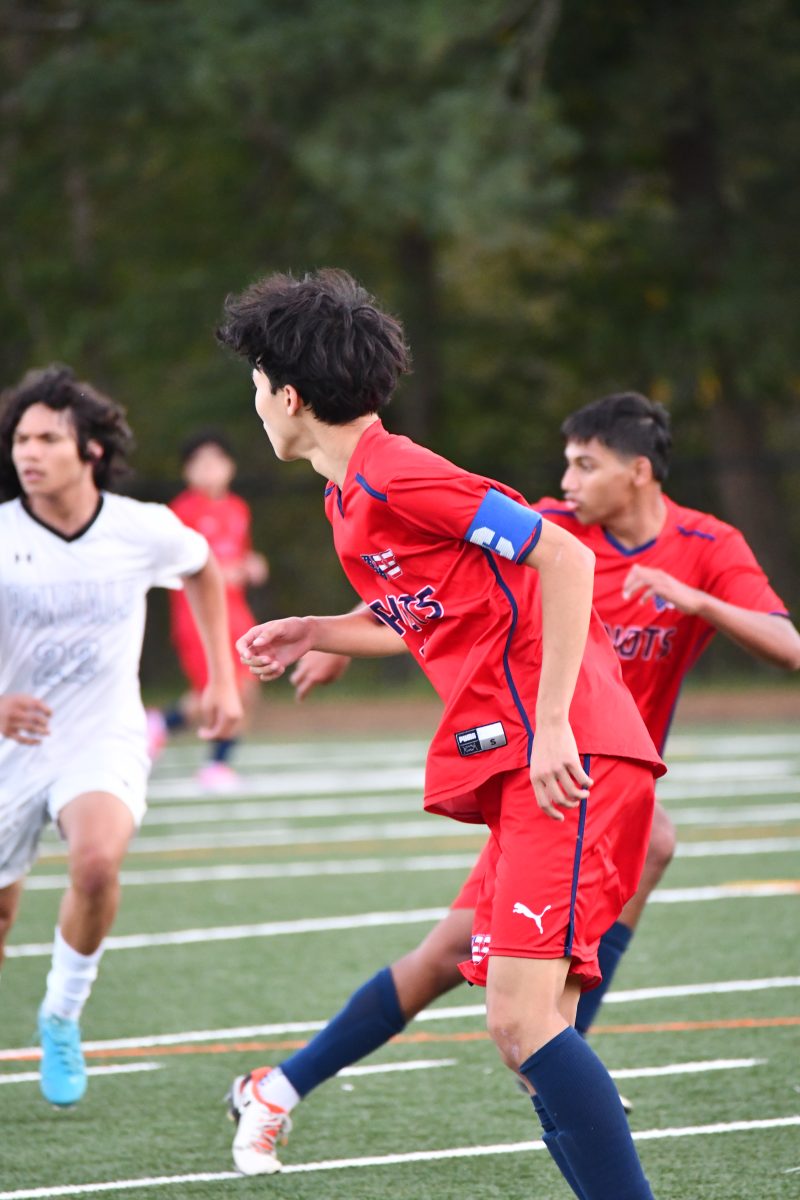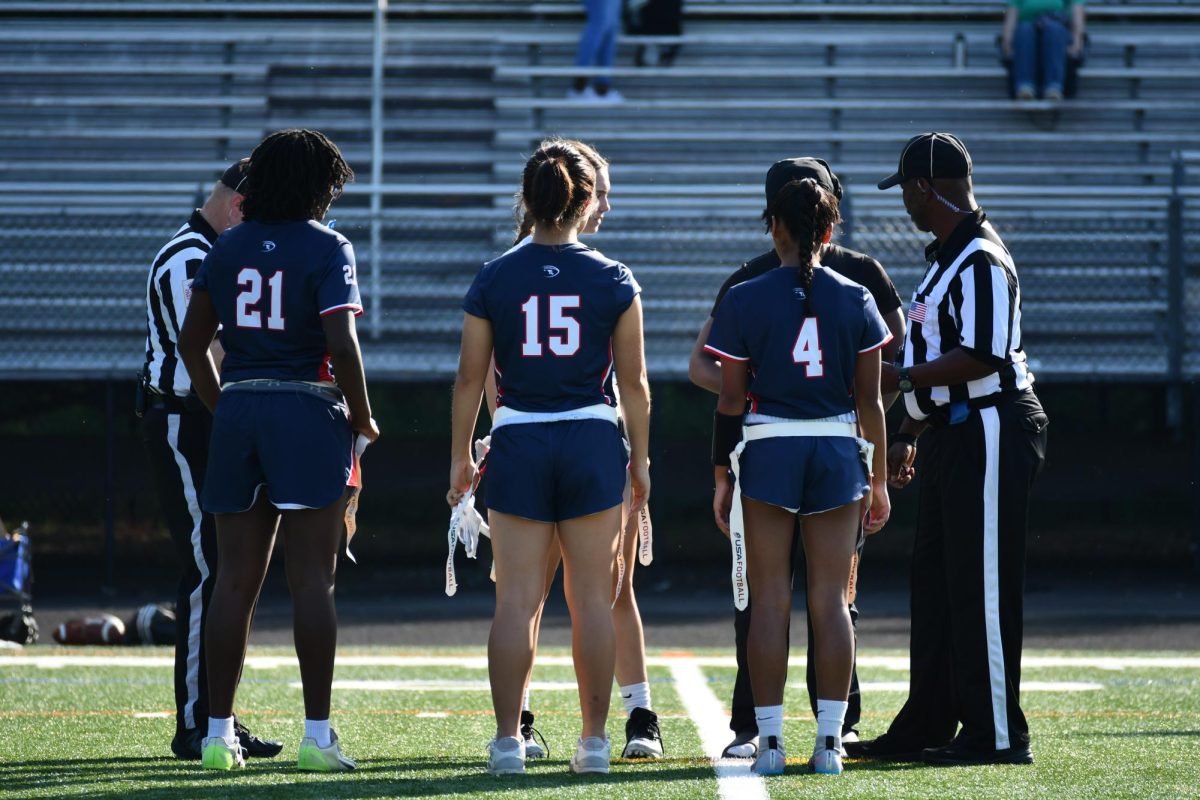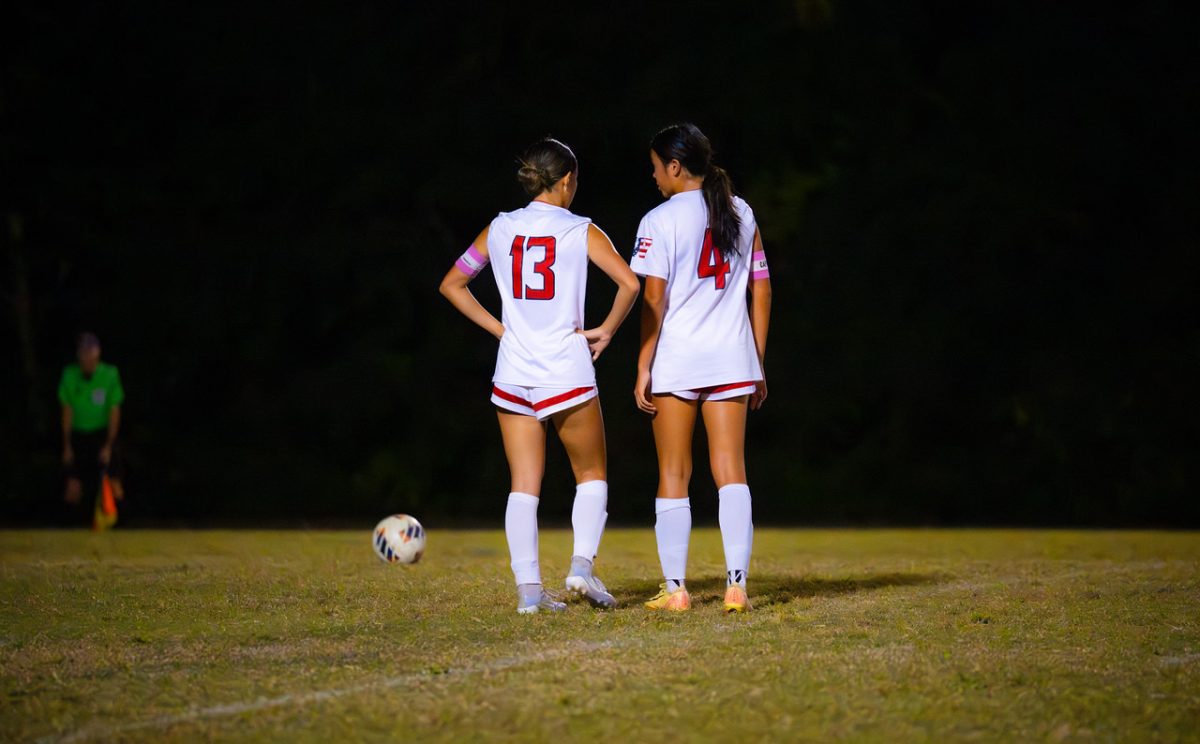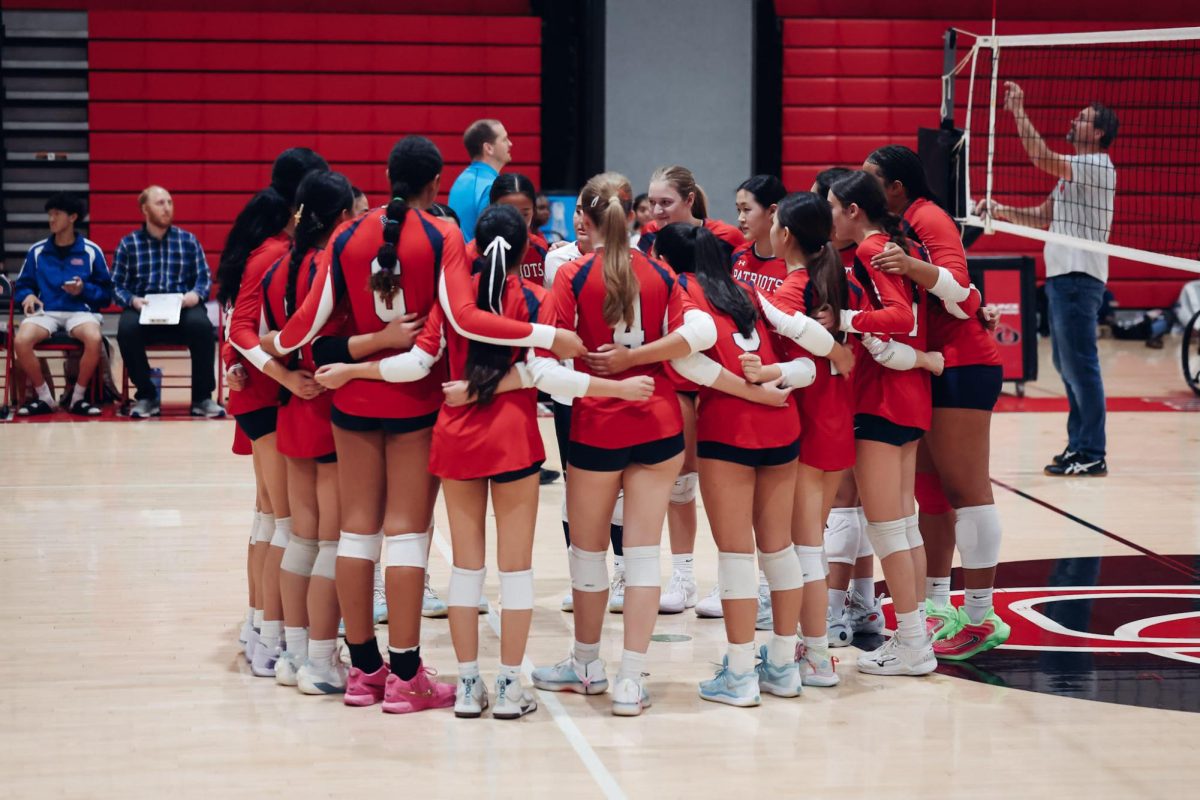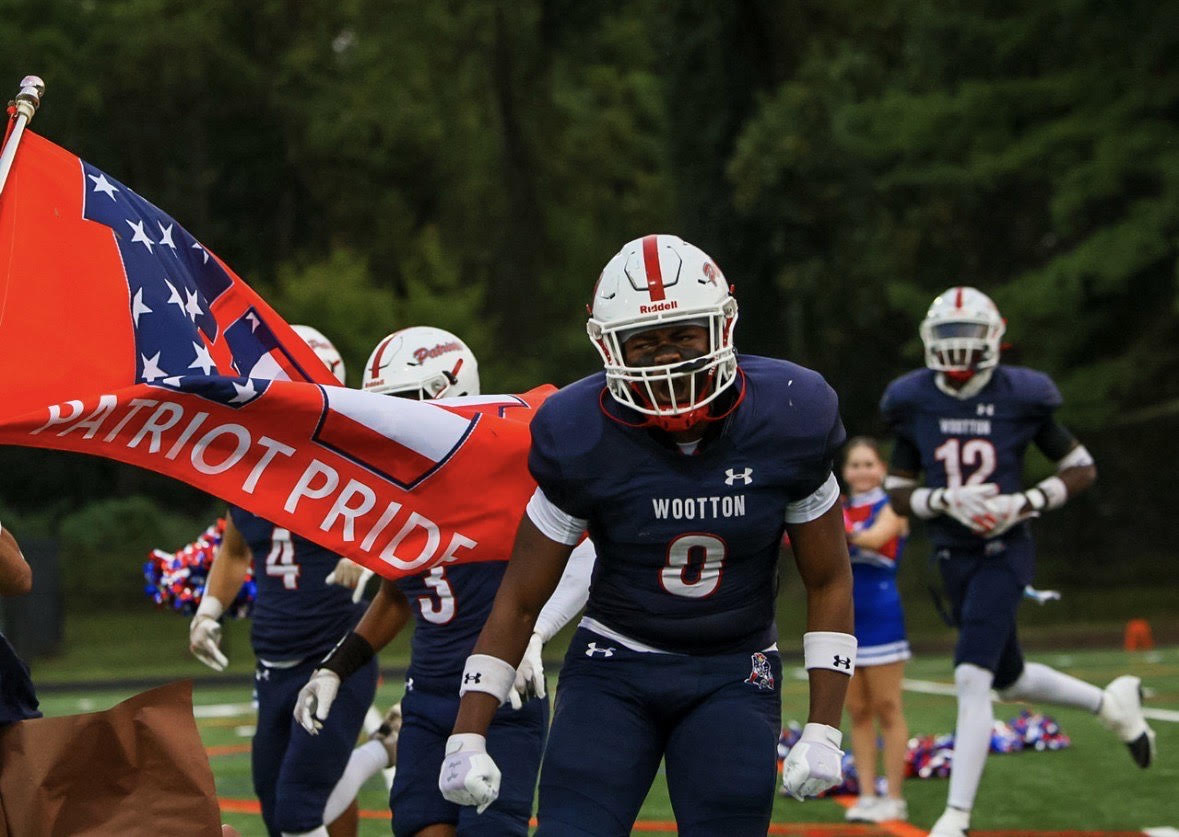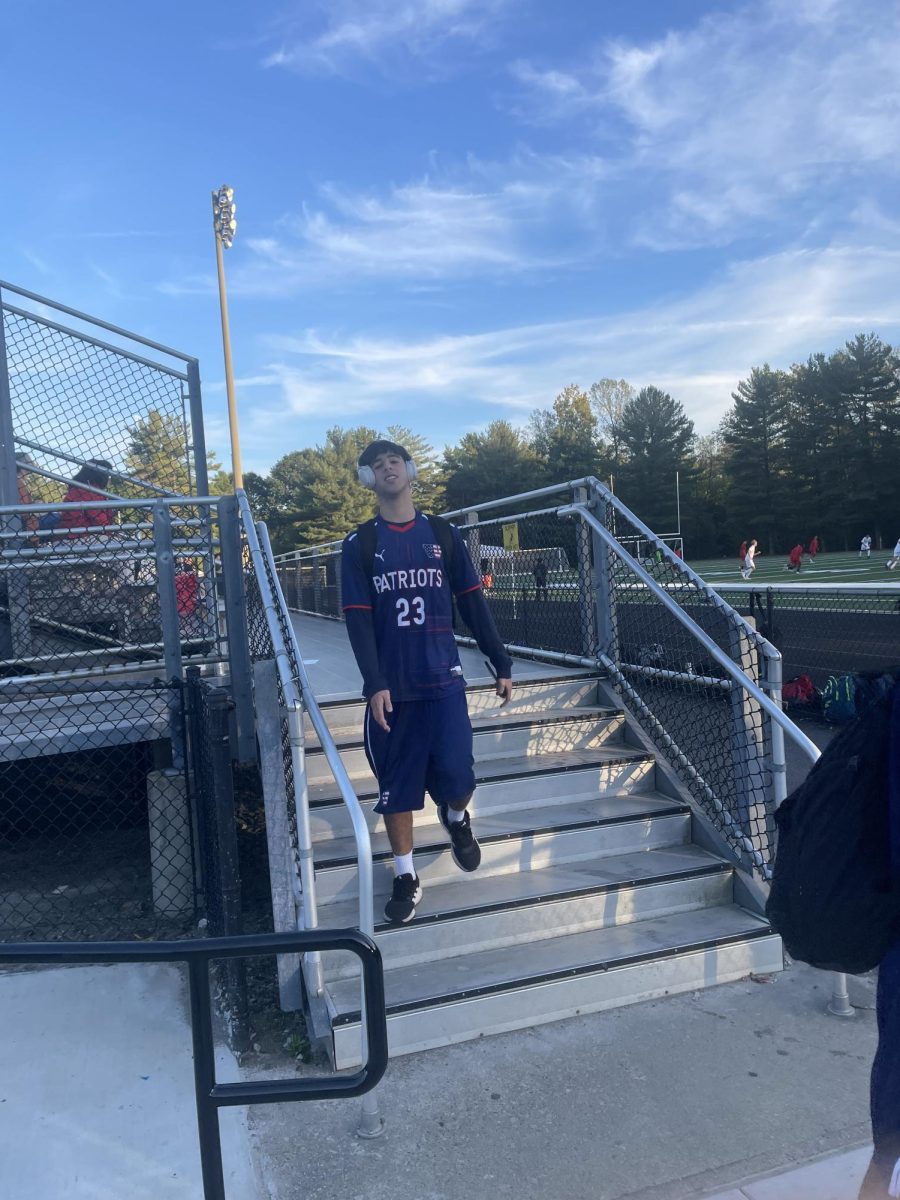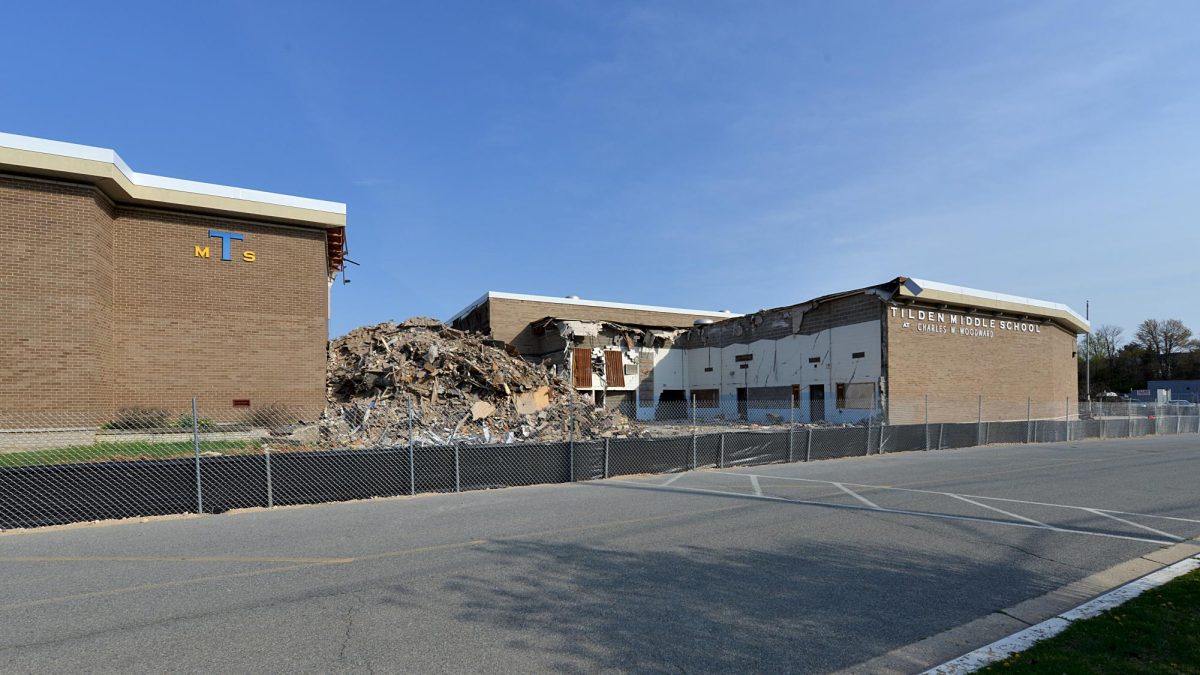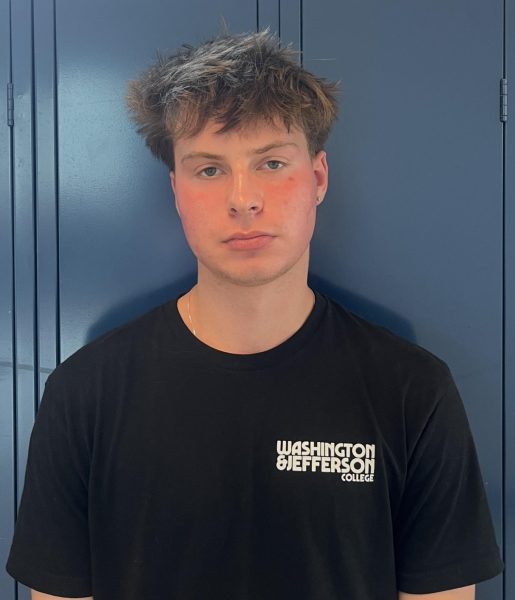The high school sports season is around three months long if a team makes it to the state final. In soccer, a team could play up to 15 regular season games, then six postseason games. Fitting that many games in only three months leads to mental and physical fatigue, and increases the potential for injury and burnout.
The high school sports schedule isn’t even, with some weeks having more games than others. Games per week can range anywhere from zero to five. “Some weeks there are more games than others,” junior soccer player Lilly Kendall said.
Strategy is a crucial part of success in sports, and when you have only two or three practices a week due to games, strategy is often neglected. Preparations like watching film on opposing teams, and practicing tactics or tricks, often are forgotten due to the lack of time to work on them. “Sometimes, we have four games in five days, we don’t get that much time to rest or be with each other to work on tactics,” junior soccer player Aadi Chaudhari said.
The more games athletes play in a short period of time, the increased risk of injury. That increased risk can throw a wrench in athletes’ college plans, completely disrupting recruitment. “I think the high school season is a risk to college recruitment because there’s a lot of opportunities to get injured,” sophomore field hockey player Jia Micalizzi said.
Even if a student is not trying to get recruited to play college sports, injuries still pose a threat. Depending on the severity of an injury, they could be out for months. The increased injury risk due to the short and jam packed high school season only adds to this threat. “Frequent training and games pose a higher risk of getting injured even if it’s minor. However, if a player sustains a more severe injury like a knee or bone injury, it will take longer to recover and return to the skill level that they once played at,” Chaudhari said.
While more time for games is needed, so is more time for fun. High school athletics are a fun time in students’ school year, and athletes and fans don’t want it to end. “I wish the high school season was more spread out, not because we need more time to rest but because I have a lot of fun with everyone,” Kendall said.
Although the high school season is short, athletes do see redeeming qualities in the length. High school sports can be a stressful time for athletes, especially worrying about balancing it with school. “The high school season puts stress on students, balancing social life with school and a sport becomes very difficult for a student-athlete, it would be even harder if the sport’s season was longer,” Chaudhari said.
The lack of rest time leads to soreness and fatigue. This significantly bring down the level of play. “There are some days where I’m pretty sore from doing stuff every day, which does impact my playing negatively,” Kendall said.
The high school fall sports season starts before the actual school year does. This means that student-athletes essentially start the school year earlier, just without the academic work. “I would say I’d probably rather have the season start later just because our summer does end a little early because we are having practices every day,” Kendall said.
Because of how many games there are in a short span, burnout is a real possibility. Athletes need mental breaks from time to time, something they don’t get in their high school sport’s season. “I’d rather have the season end earlier because by the end I feel burnt out,” Micalizzi said.


